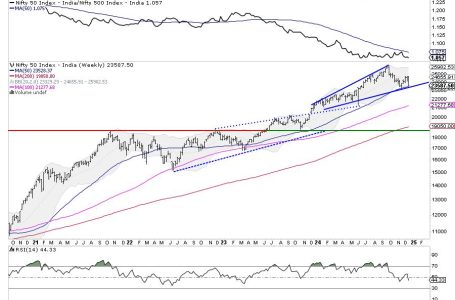Rate cuts may reduce energy dev’t costs and boost capacity

By Sheldeen Joy Talavera, Reporter
A SERIES of rate cuts totaling 75 basis points (bps) by the Bangko Sentral ng Pilipinas (BSP) this year could reduce the funding costs of energy companies and boost renewable energy capacity, analysts said.
“The recent string of rate cuts certainly lends a bit more breathing room to energy developers,” Jayniel Carl S. Manuel, an equity trader at Seedbox Securities, Inc., said in a Viber message. “Lower borrowing costs can help ease some financial strain on projects that often demand hefty upfront capital and long repayment horizons.”
Over time, the policy rate cuts could trim their expenses, “potentially making room for more competitive power rates down the line,” he added.
Andrei G. Soriano, research associate at China Bank Securities Corp., said the cuts could help reduce energy project costs especially since most of these are partly financed by debt given significant capital expenditures.
The Philippine central bank last week lowered the key rate for a third straight time at its final policy meeting of the year, even as it signaled fewer cuts next year.
The Monetary Board cut the target reverse repurchase rate by 25 bps, bringing the policy rate to 5.75%, as expected by 13 of 16 analysts in a BusinessWorld poll.
The central bank has slashed rates by a total of 75 bps this year since it began its easing cycle in August.
April Lynn C. Lee-Tan, chief equity strategist at COL Financial Group, in a Viber message noted that the BSP had also cut the reserve requirement ratio, which is an “added liquidity for banks and should theoretically help reduce funding costs.”
A developer typically takes out a loan for an energy project. Since the borrowing cost is a component of the project cost, it affects the developer’s investment returns. Assuming other expenses stay the same, a project with lower borrowing costs will be more profitable.
“A reduction in interest rates reduces the cost of borrowing for energy firms, particularly those financing large-scale infrastructure and renewable energy projects,” said Toby Allan C. Arce, head of sales trading at Globalinks Securities and Stocks, Inc. “This can encourage more investments.”
“Cheaper credit may incentivize both domestic and foreign investors to fund energy projects, boosting capacity expansion,” he added.
While the interest rate cuts provide some relief, analysts said these might not have a significant impact on large-scale energy investments.
“While the rate cuts are a positive step, they alone are not enough to address the challenges faced by the energy sector,” Mr. Arce said. “A combination of financial incentives, policy reforms, and infrastructure development is essential to ensure the long-term viability and growth of energy projects.”
Mr. Manuel said obtaining an affordable loan is “only one piece of a much larger puzzle.” That includes regulatory clarity, stable policy frameworks, and streamlined permitting processes, as well as improved infrastructure for grid integration especially for renewable energy projects, he said.
He said ensuring long-term contracts are honored and that tariff structures are predictable could have “a far greater impact than even a handful of rate cuts.”
“While the cuts provide some relief, energy projects are capital-intensive and often require longer-term financing,” Mr. Arce said. “The current cuts may not significantly offset the high costs of construction, especially for renewable projects relying on imported materials.”










